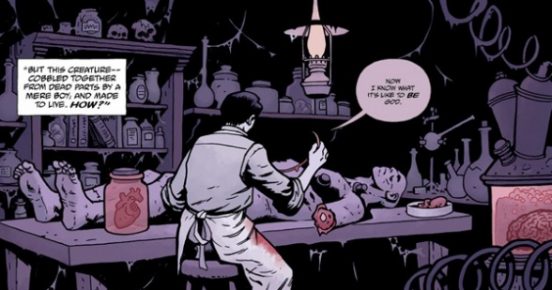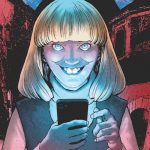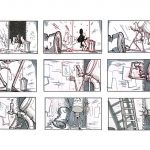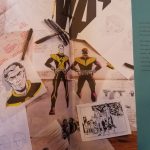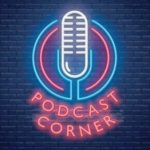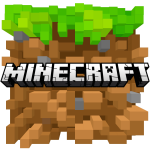“Look! It’s moving, it’s sha . . . it’s alive! It’s alive! It’s ALIVE!”
–Dr. Frankenstein, Frankenstein 1931
After weeks of planning, preparing, storyboarding, drawing and, of course, inquiring, I’ve produced my own educational comic! My story, Bridging the Gaps: A Multimodal Case Study, takes a deep dive into the relationship between students and teachers, and seeks to define the differences and similarities in student/teacher cultures. Drawing from my own personal experiences at Belmont and also supplementing these experiences with insights from some leading theorists, I’ve crafted a comic that is both critical and creative; professional yet personal; storied while instructional. Through this comic strip, I’ve reflected on my personal experiences with students and refined my critical conclusions in an unforgettable way. Take a look!
GrahamBoldtEDCI352Multimodalproject
So, what did I learn from this process? Firstly, that comics are good for thinking.
The various steps in designing a comic book, as outlined by Gibbons and Piltcher, include: research, planning, script writing, world building, character design, and storyboarding. These steps relate in many ways to the inquiry-based research process that PSII recommended and that I used as my template for this project,
“Generate questions, deepen hone and add questions through research, state new questions, plan activities through which learning can be demonstrated and how they will be assessed, carry out planned activities, engage in assessment of learning, start over” (PSII).
Many of these stages are built in to the development of a comic strip, which requires preliminary research and questioning periods that oscillate between each other, progressively refining an idea.
I also learned that comics present an excellent medium for refining and isolating key ideas and concepts. The minimalist writing approach forces authors to condense ideas to their essential points. Similarly, comics help individuals to think about topics in new ways, by encouraging them to represent their ideas through a series of sequential images or through story. As such, I believe comic books provide an excellent opportunity for individuals to ponder, masticate and explore a topic through a new medium, broadening their perspective.
On the tech side of things, this mode of inquiry (presenting my progress on an open-access web platform) was valuable because it gave me a feeling of publication when I posted things in a public sphere. Of course, very few people (other than my family) have read my posts. However, the knowledge that I’ve stored these insights in a publically accessible environment and that, in the future, I can easily refer future employers to them, made the pieces feel more credible—made me want to leave them polished.
On this note, the portfolio style is especially useful because it highlights the importance of the preparation stages. Typically, when we view a finished product, we very rarely get to see behind the scenes or consider the kind of work that goes into a project, movies are good examples. The massive credit crawl at the end provides just a hint of the kind of effort that goes into making a film. This preparation process is crucial, however, and excellence requires editing and repetition. The portfolio style is something I want to adopt with my own students, to emphasize the importance of the steps before the final product. Whether it be in art, science or math, a finished project that shows mastery should also require work.
